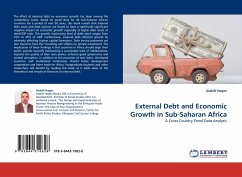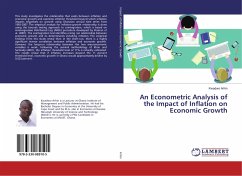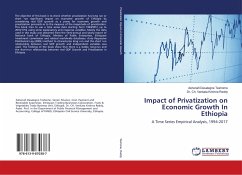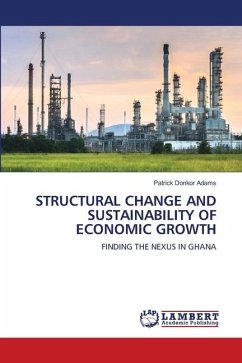As a result of low domestic financial resource base, Ethiopia is one of the poor countries that makes it to rely heavily on external debt to finance its development endavours. This phenomenon attracted researchers and policy makers to examine the relationship between the two maceoeconomic mariables. The main objective of this book was to analyze the relationship between economic growth and external debt in Ethiopia. In light of this major objective, the paper also posed and tried to answer one major question: is there any external debt level that keeps economic growth at its maximum point? The ARDL result assured that in the long-run external debt, population growth rate and international trade have a significant negative effect on economic growth. But physical capital measured by fixed capital formation was found to have a significant positive impact on output growth.
Bitte wählen Sie Ihr Anliegen aus.
Rechnungen
Retourenschein anfordern
Bestellstatus
Storno








